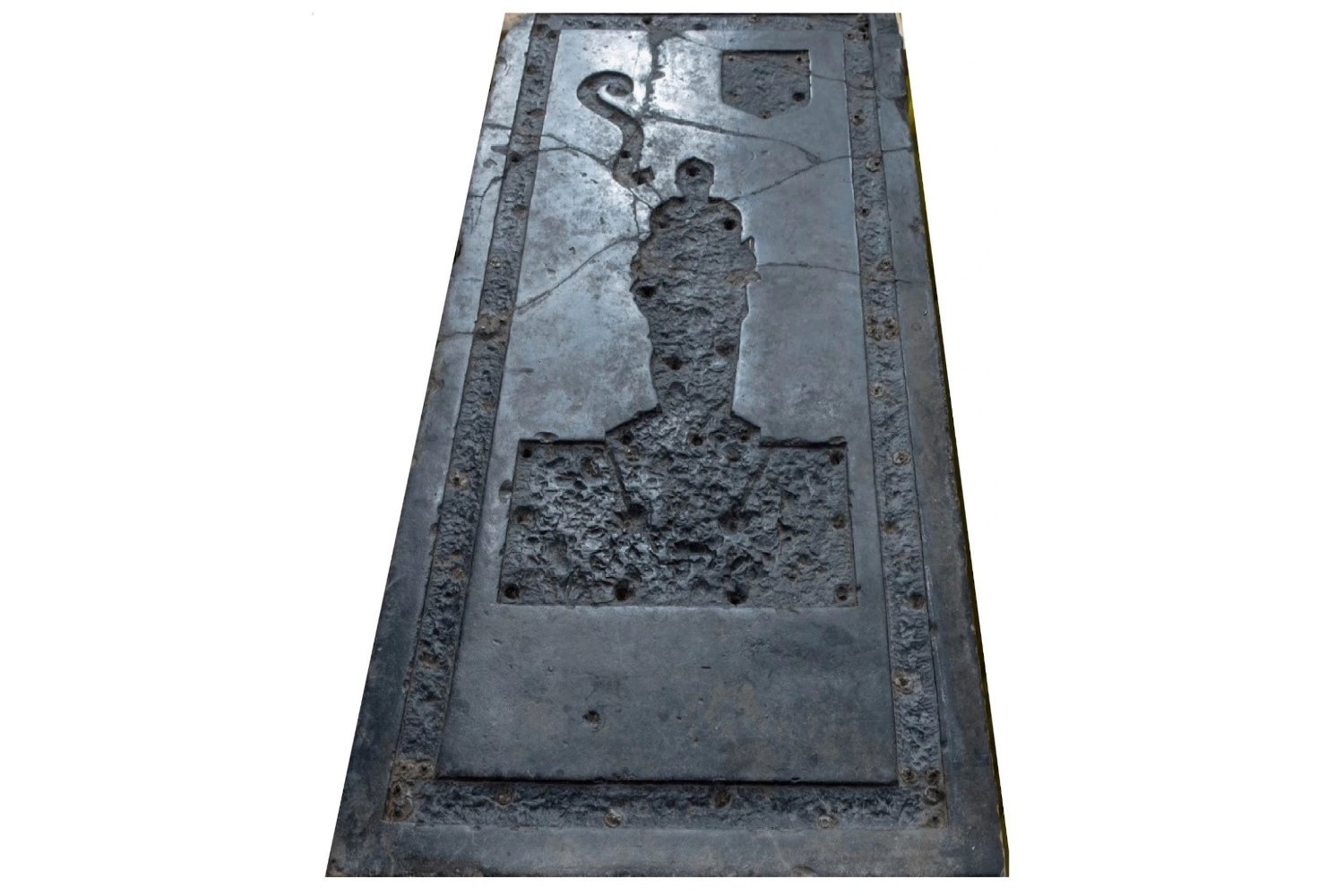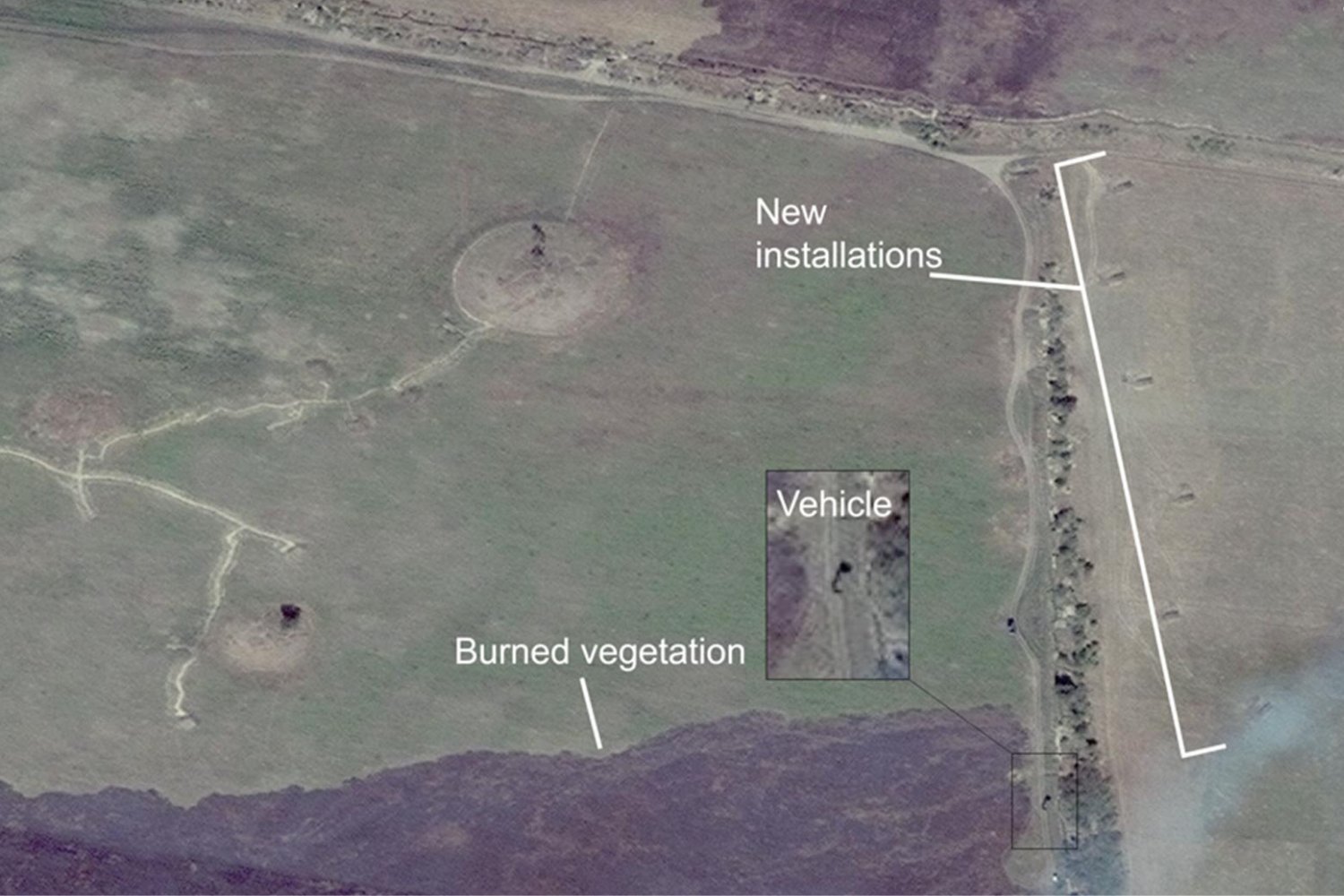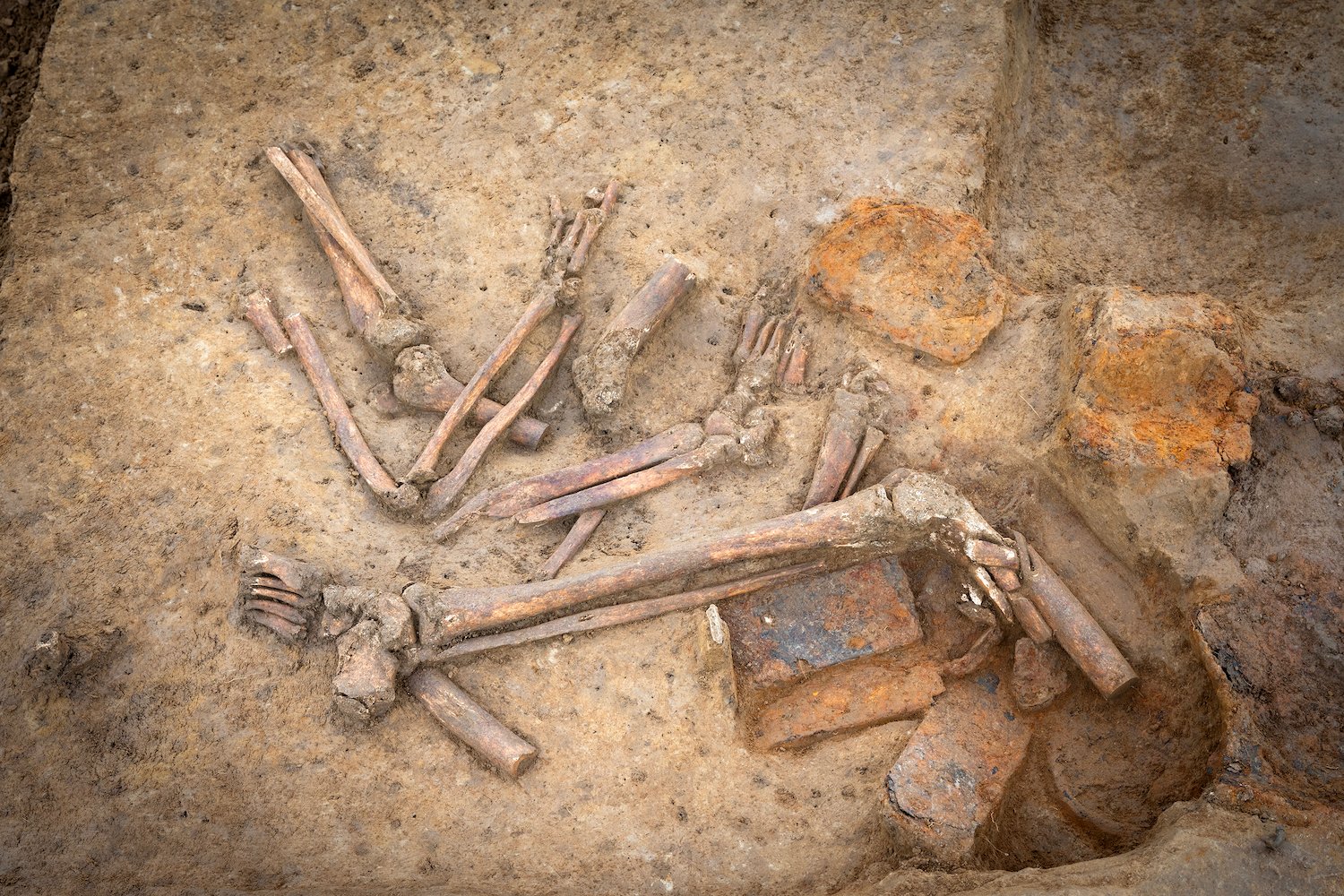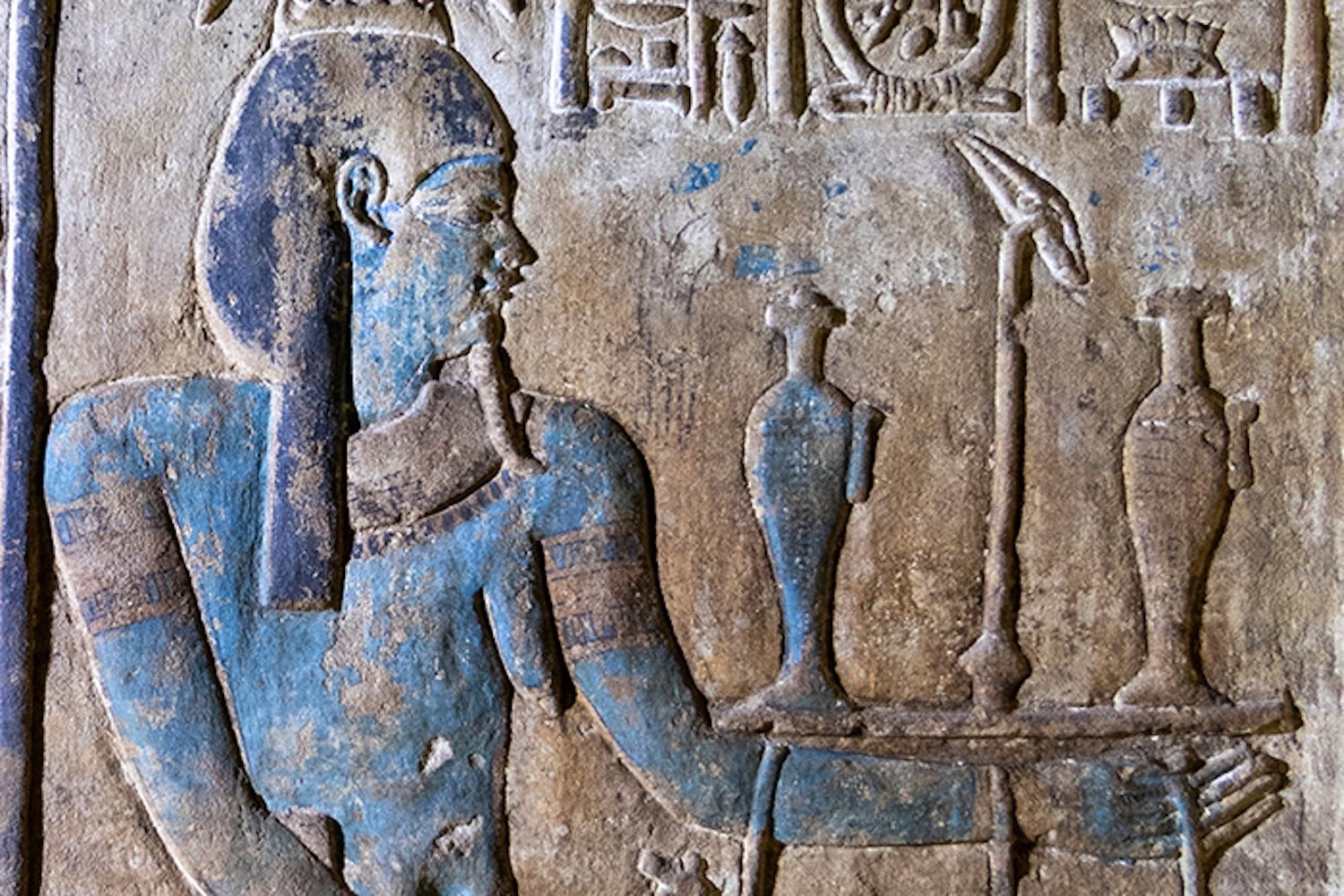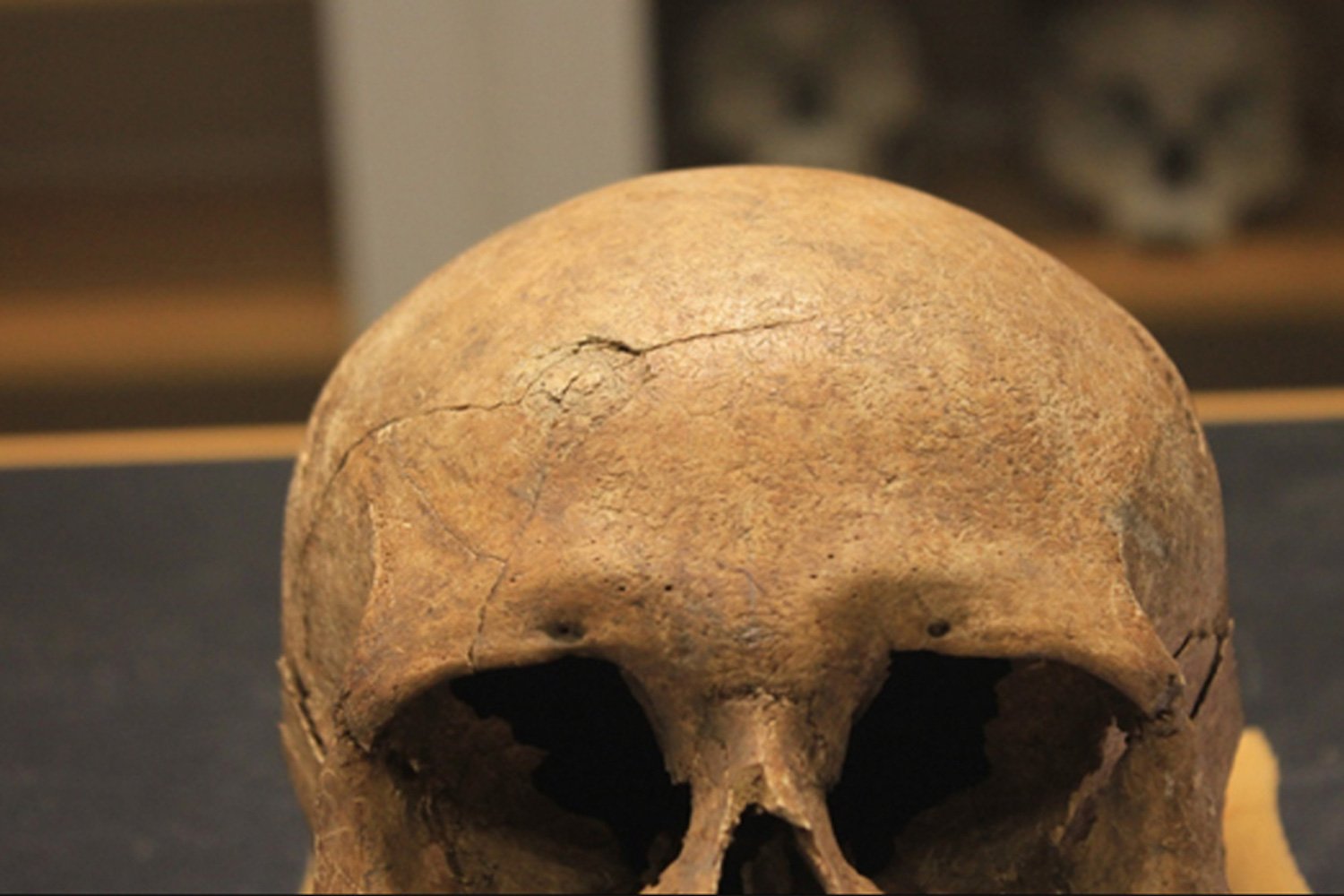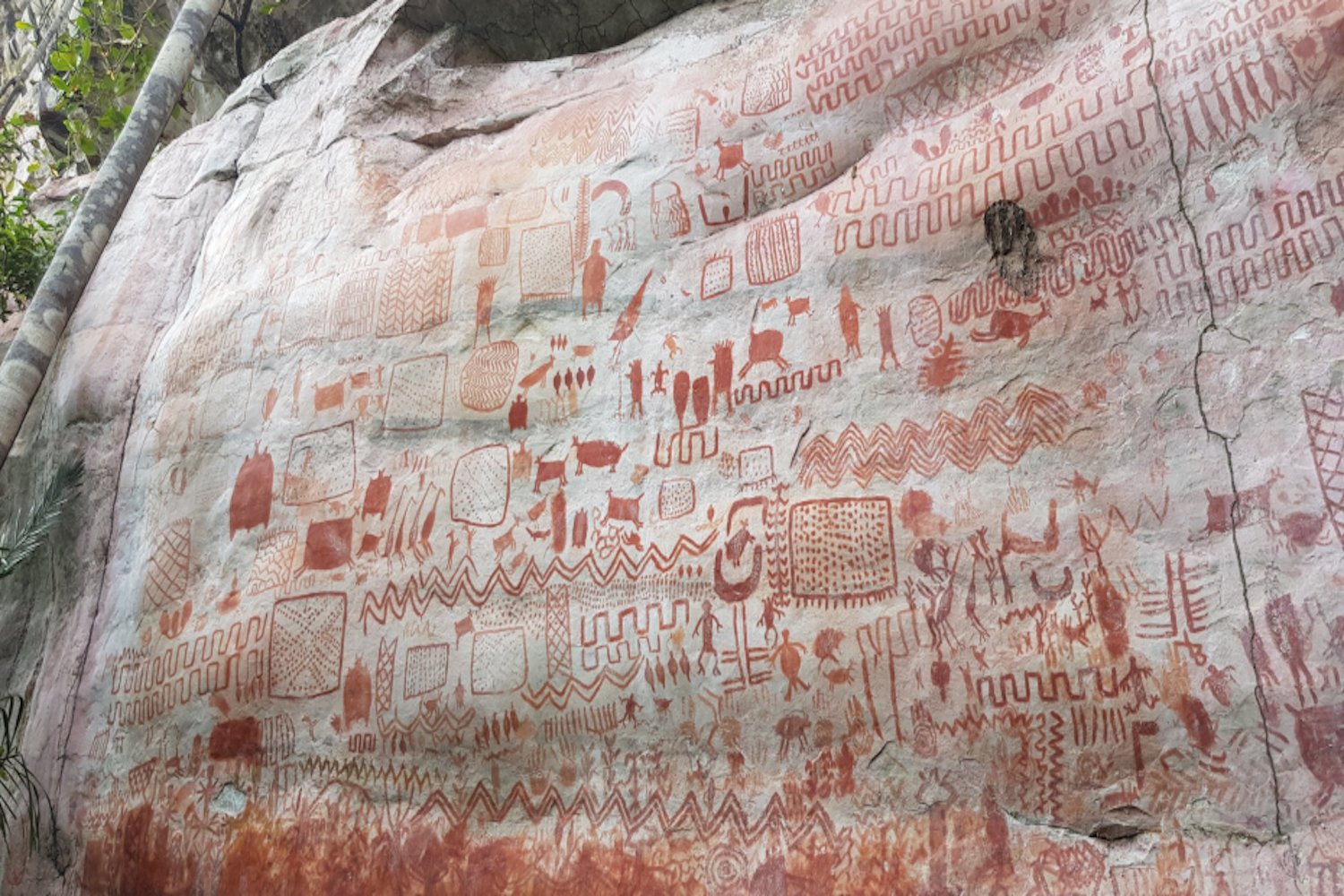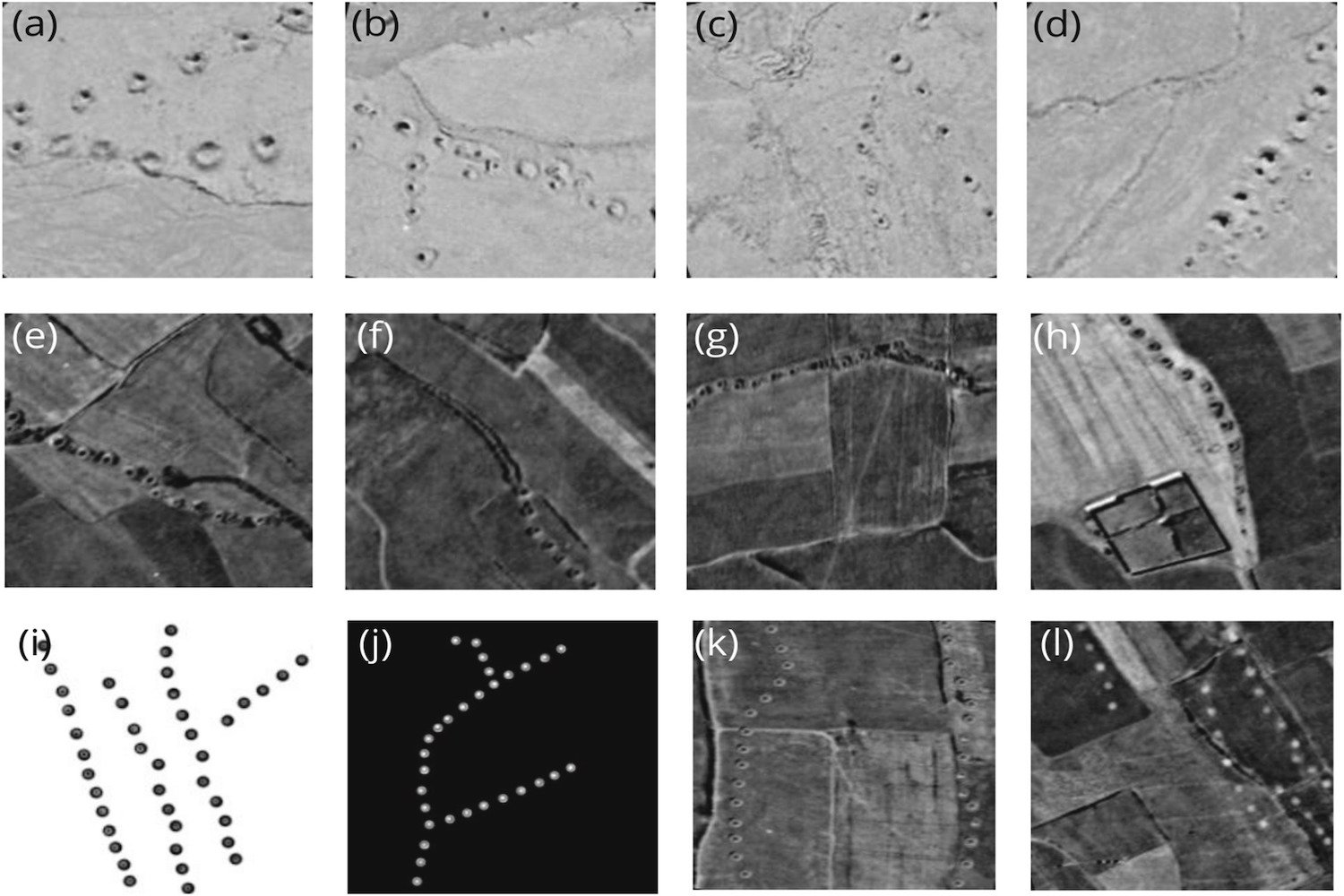The oldest marked grave in the United States, a 400-year-old black limestone monument, resides in Jamestown, Virginia. While historians know who likely rests beneath it, the tombstone’s origins have remained shrouded in mystery. This enigma offers a unique glimpse into early colonial life, trade routes, and burial practices. Recent research has finally shed light on the tombstone’s journey, revealing a fascinating transatlantic tale.
The tombstone, originally part of the Jamestown church floor (built in 1617), was later moved during church expansion in the 1640s. Rediscovered and repaired in 1901, it was relocated to the colony’s Memorial Church in 1906. The carved image of an armored figure, complete with a shield and sword, suggests the stone commemorates a knight. Two potential candidates emerge: Sir Thomas West, Jamestown’s first resident governor, who died en route to the colony in 1618, and Sir George Yeardley, another colonial governor and one of America’s earliest slave owners. A reference in Yeardley’s step-grandson’s will, requesting a similar inscription to the “broken tomb,” strengthens the connection to Yeardley.
Regardless of the deceased’s identity, the tombstone undoubtedly signifies wealth and status. Engraved tombstones in 17th-century Virginia were reserved for the affluent. The absence of similar stone near Jamestown indicates importation, prompting researchers to investigate its provenance.
Marcus Key, a geophysicist at Dickinson College, delved into the microscopic realm to determine the tombstone’s origin. His study, published in the International Journal of Historical Archaeology, focused on microfossils embedded within the limestone. These tiny remnants, often more geographically specific than chemical composition, offered crucial clues.
Key’s analysis revealed foraminiferans, single-celled organisms dating back to the Mississippian Epoch (almost 360 million years ago). Notably, several species were endemic to a region encompassing England, Ireland, and Belgium. As these species didn’t co-occur in North America, Key concluded the tombstone was imported from Europe, specifically pointing to Belgium as the likely source, based on similar colonial tombstones found around the Chesapeake Bay.
Black, faux-marble tombstones were fashionable in England during the Jamestown era, suggesting affluent colonists sought the latest burial trends. Key’s research suggests the stone originated in Belgium, was shipped to London for carving and inlay work (now lost), and finally transported across the Atlantic to Jamestown.
This elaborate process highlights the lengths wealthy colonists would go to, even amidst the harsh realities of early Jamestown. Despite the challenging conditions, which even included periods of cannibalism, a prominent individual invested significantly in a personalized memorial. This intriguing detail adds another layer to our understanding of early American history and the enduring human desire for remembrance.



